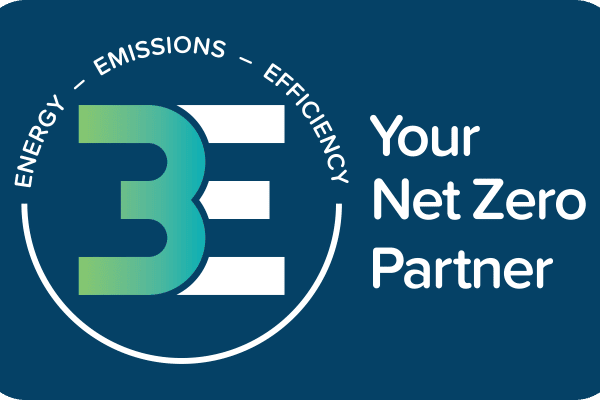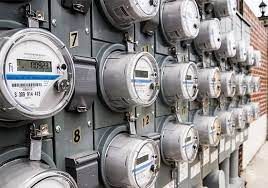At last, there’s a viable financial solution to power energy efficiency…
Marcelo Rouco reckons he’s been ahead of time for way too long but now it looks like Australia has finally caught up with an idea he had to take to the US to prove.
It’s the same story that resonates with far too many businesses, he told The Fifth Estate ahead of the early April launch of his energy savings program in Australia.
Australians get a great idea, and they can prove it up any way they want, but in the end it’s a conservative marketplace, especially in the finance department, Rouco says.
In Rouco’s case his innovation is in finance. A key breakthrough came when he worked with one of the large accounting firms to “build the right financial structure from scratch, so that the deal is off the balance sheet”.
This is favourable for the client because typically debt-funded plant and equipment can be a hefty impost on the debt profile of the company, which is part of the balance sheet and can therefore affect future borrowing potential, not to mention risk profile.
Essentially Rouco’s solution is a service agreement and financial structure that keeps the capital expenditure (capex) items off balance sheet.
What happens is that his company charges a fee to deliver energy savings.
Naturally, the fee needs to be less than the regular energy bills, or there’s no incentive. Next is that the service provider has an incentive to outperform because its fees, Ecosave’s, go up accordingly.
He says “no one else is offering that and we’ve proved it works in the US”.
John Harriott, group managing director of Ecosave Australia and New Zealand told The Fifth Estate there is significant interest from enterprise level companies. “The combination of guaranteed cost savings, energy risk mitigation and being seen by investors as stepping up to environmental corporate responsibility are the compelling drivers in the board room,” he said.
It’s not a lease agreement, which is a balance sheet item
Rouco says that many other energy services companies typically use lease-based agreements to fund energy efficiency upgrades, so they place plant and equipment into the building, and the client – the building owner – essentially leases it from the provider.
But the problem with this is that lease payments for plant and equipment will soon be viewed by the Financial Accounting Standards Board accountancy standards as balance sheet items, that is, an impost on the company’s debt profile.
In the US that’s a problem and it’s also a problem in Australia, since these types of standards tend to be globally adopted.
How the Ecosave Services Agreement works
Rouco says his system works like this: for a building that has the potential to save $100,000 a year, but needs a $600,000 upgrade Ecosave will charge $75,000 a year.
For any savings of more than $100,000 a year, the client will be asked to pay 25 per cent of that in fees to Ecosave.
Think of it as a success fee, Rouco says.
The variable pricing is an important part of keeping the deal off the balance sheet.
So the more money you save the more you pay and vice versa.
Other features necessary to qualify for the off balance sheet status is that “you need to not be able to specify what equipment you are putting in”.
“You need to be able to change out what you installed [at the client’s premises].
“Because what you are saving is energy, not [something to do with] equipment. So if you are selling energy savings, it should not matter whether they are getting a chiller or a cooling tower.”
You need to have the ability to … put in the equipment you see fit.
“At the beginning, they saw it as shock and with a level of surprise but then they see the point.”
Rouco says that, not surprisingly, the chief financial officer absolutely needs to be part of the discussion.
“The CFO gets it; this is not something you take to the property manager or facility manager.”
To make the system work the client needs a building upgrade of at least $300,000 because of the set up costs involved. Legals included.
Ideal building types are hospitals, offices, retirement homes and institutional buildings. Manufacturing can also benefit.
Ecosave Service Agreements typically go for 10-15 years on average for potential savings of $2-3 million over the period for a large client, he says.
“The clients will not have any debt on their books; they don’t put up a dollar, there is no security or liens on their buildings, just a guarantee to save more money than they pay. And they avoid capital expenditure…They’re absolutely delighted because the aim at the end of the day is to eliminate greenhouse gas emissions and the dangers of global warming.”
Financial backers
He says financial investment doesn’t come from any fixed facility but from multiple sources, mainly investment banks, with each project decided on its merits.
Tough beginnings
Rouco started Ecosave 15 years ago in Australia. But it was tough getting commitment and buy in from conservative financiers, he says.
“Australia’s financial market is very conservative compared to the US.
“To secure support, Australian innovation has to go overseas.”
But now the new accounting standards that have rolled out globally means his idea is now more viable.
The company now has a turnover of US $24 million a year and its managed nearly 3000 building since it started.
Energy savings appetite is growing
Rouco says another element in his favour is that the energy environment is now also moving in his direction. Thanks to the uncomfortable development of rising power prices in Australia, he reckons the times have finally caught up.
His company has also progressively greened its energy saving options.
“My focus in the early years was around reducing energy consumption and as time has gone on, adding embedded green generation into every contract,” he says.
In New York City he’s managed to cut greenhouse gas consumption in one building by 90 per cent by using a combination of co-generation and reducing consumption.
“It means that instead of the building taking electricity from the grid it’s putting in energy generation.”
Interest growing in Australia
Rouco says the Australian arm of the company is only now starting to offer this full package to the market.
According to John Harriott the company has doubled its size in November when he took the reins, with staff growing from 11 to 23 during that time. And the plan is for continued growth, judging by the strength of demand from the market for this service based offering. “We will continue to invest for growth during the next 12 months,” Harriott said.
For Rouco the Australian market has high priority. “Australia is where we got traction and built a name,” he said.
He admits there has been a bit of reluctance to embrace the importance of what he is doing, particularly on the part of the chief executive.
But things are also changing on the corporate front. There is more interest in corporate responsibility and an awareness of its potential to impact on share price, he says.
“We’re now beginning to see interest in what we can achieve from executives, who are not sustainability managers.”
He’s glad to see governments at state and local council level are leading the charge around the country, particularly in SA where the lights keep going out.
“I’m excited about Australia being a leader in energy efficiency because it’s got the highest cost of power among the developed countries.”
And what of the impact of climate denialists in the US?
According to Ruoca they wont’ have much effect on business because the drive to save energy does not require any government incentives.
“We’re excited about requests we’re getting from the marketplace, he says.
This article was written by Tina Perinotto and first appeared on The Fifth Estate on 4 April 2017




